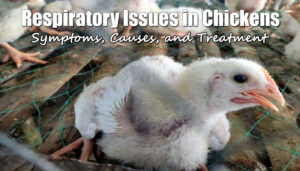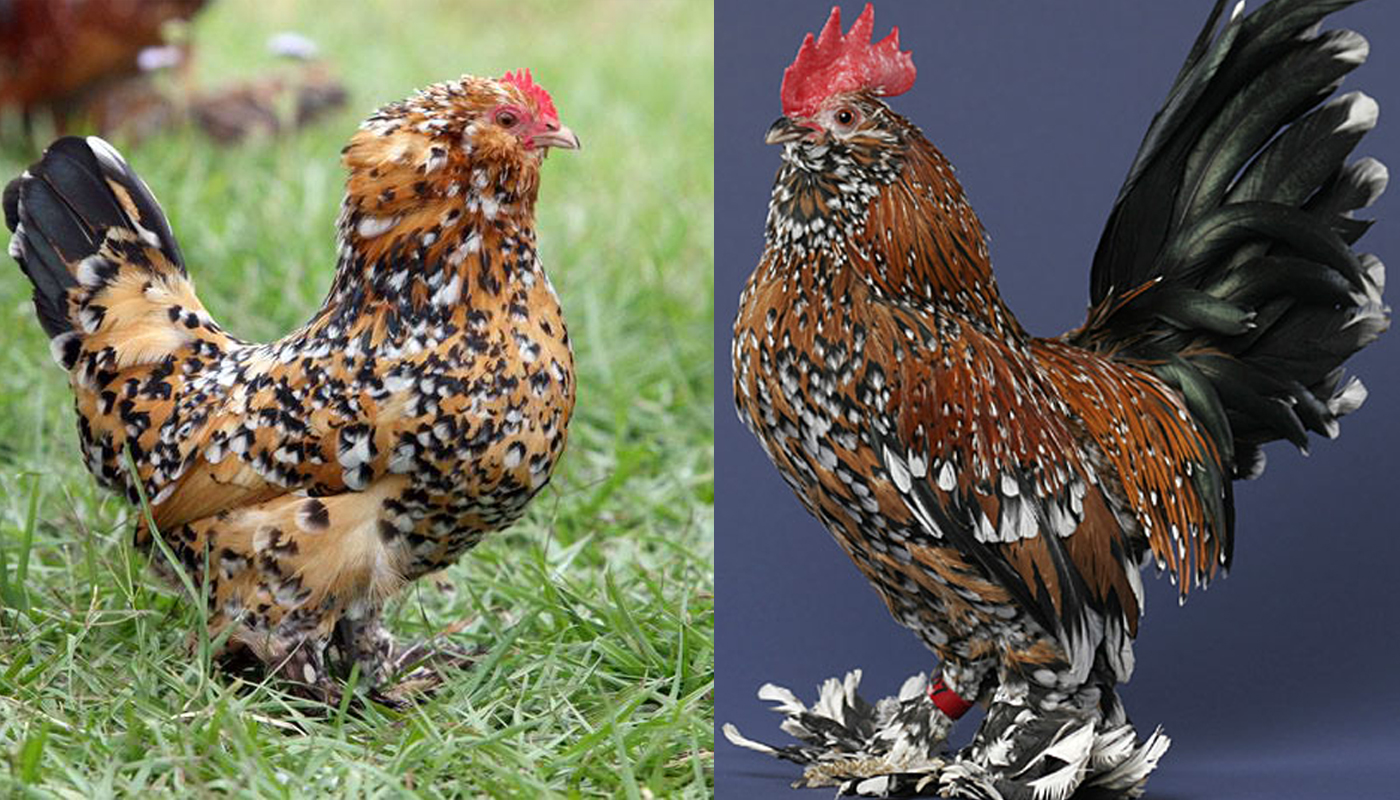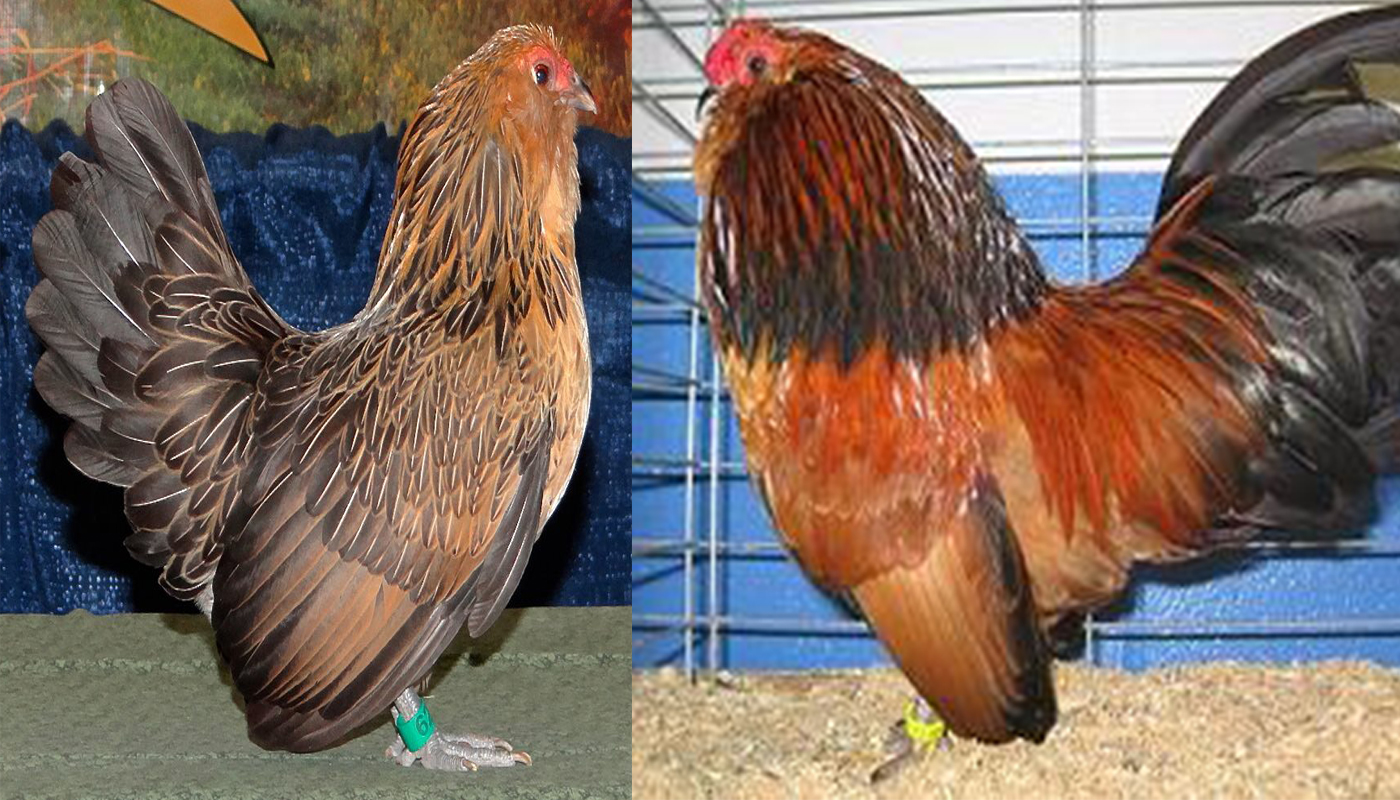
The Sumatra is a breed of chicken that is primarily kept as ornamental or show birds in the 21st century. When this breed was first imported to Europe and the USA it was for the purpose of Cockfighting.
The Sumatra originated for the island of Sumatra in Indonesia.
| Country of Origin: | Indonesia |
| American Poultry Association: | Recognized as a breed of chicken in the United States |
| Chicken Category: | All Other Standard Breeds |
| Chicken Class: | Oriental |
| Bantam Variety Available? | Yes – All Other Comb Clean Legged Bantam Classification |
| Related | TOP 10 BANTAM CHICKEN BREEDS FOR BEGINNERS |
| Good Starter Chicken? | Not a recommended starter or backyard coop chicken they are more for show purposes. |
| Related | 10 BEST STARTER CHICKENS FOR THE FIRST TIME POULTRY KEEPER |
PURPOSE⇒ |
Eggs: They are not good egg layers.
They lay medium sized eggs up to 52 per year They will lay throughout the year but are more wintertime egg layers They start to lay eggs from around 20 weeks old.
Meat: Not good meat birds as their carcass is quite small. It has black skin color and yellow meat that has a game taste to it.
Breeding: Sumatra is on the watch conservancy list. Although more breeders of these beautiful chickens are required breeding these birds are more for the experienced chicken breeder.
If you are breeding the Sumatra for show choosing the correct hens and rooster bloodline is crucial. They have a strict standard that is to be adhered to, check the American Poultry Association website for the Standard of Perfection requirements for this breed. For advice on breeding please check our guide to breed poultry.
Foraging: They love to scratch and forage about. They make a beautiful ornamental fowl for the garden and need a lot of space to roam.
Show Bird: They make a great show bird
Pets: They are easy to handle but are quite wild so not the best pets
Other: They are the best flyers and can jump very well too. They also like to hide away in bushes or tree cover.
They will give your organic garden a lot of nutritious fertilizer to ensure great blooms and tasty vegetables. |
| Flyers? | They can fly exceedingly well |
| Noisy Birds? | Not too noisy |
| Interaction with other chickens: | The roosters will fight for dominance, but they do get on with other chickens/breeds. As with any flock if you are introducing new birds it is best to slowly socialize them with the flock. |
| Good with kids? | They are a bit too wild to have around younger children. |
| Related | 10 ROOSTER BREEDS THAT DO NOT MIND CHILDREN |
HISTORY
There are a few colors of the Sumatra but on the black variety has been embraced. The breed was first used and promoted as a fighting cock. But it does not really suit this breed as the roosters tend to only show aggression around breeding time. In Indonesia, the cocks were only put to fight seasonally and that was during the breeding season and were retracted from fighting on the off-breeding season.
The Sumatra’s regal bearing is in direct contrast to its feral lineage as a wild bird.
Their flowing plumage and abundant tail feathers are very similar to that of the Cubalaya and Yokohama breeds. Which makes a person wonder if the Sumatra was not part of the breed from which the Yokohama and Cubalaya originated.
The Sumatra first made its way to the USA in 1874 and the black variety was accepted into the Standard of Perfection by the American Poultry Association in 1883. Although there are the Dun and Blue varieties of the Sumatra they are not a recognized variety by the APA.
The Sumatra hens are very broody hens that make extremely good but protective mothers. Thus, they are also used as brood hens.
The Sumatra is an extremely hardy self-sufficient breed which makes them very easy to raise and keep. They are very active and alert and quite adept at keeping themselves out of or escaping danger(s).
CHARACTERISTICS |
|
|---|---|
IDENTIFICATION⇒ |
Appearance/Body: The Sumatra have very distinctive upright bodies, with long flowing plumage and curves.
They have an abundance of glossy black with a dark green sheen, feathers. Their black/dark purple earlobes, wattles and comb are very small sometimes even non-existent. Their toes, shanks and spurs (on the males) are also black/dark willow color with the bottoms of their feet yellow.
Color(s) Black
Comb: They have a pea comb
Ave. Weight: Hens/Pullet 3.5 – 4 lbs.
Cockerel 4 – 5 lbs. |
| Life Expectancy: | The average lifespan is 6 – 8 years |
| Health: | They have hardly any known health issues |
| You may Also Like: | HOW TO TELL IS A CHICKEN IS SICK |
| Temperament: | They are quite wild birds |
| Socialize Behavior? | They avoid other animals but do tend to eventually get used to ones that are around them all the time. |
| You may Also Like: | HOW TO SOCIALIZING YOUR NEW CHICKENS |
| Known predators: | Most domestic animals leave them alone due to their wildness but it is always best to keep an eye on dogs and cats. If hawks and or foxes are in your area it is always best to take precautions. Check with local animal shelters, zoos, vets, animal control and or pet stores about common predators in your area. |
| Conservation Status: | These birds conservation status is recorded as “watch”. It is best to check on any special license or instructions that may be set up for owning these birds. This can be checked with your local or national conservation centers. |
IDEAL ENVIRONMENT |
|
|---|---|
| Garden Size: | These great birds adapt well to any garden size but do not like confinement. They need space to roam and like the cover of bushes to wander around in. |
| Ideal Climate: | They are adaptable to any temperature |
| Ideal Coop: | The rule of thumb for any coop is 50 cm x 50 cm per hen/rooster in the coop. Ensure there is a good space for the nesting boxes and nightly roosting rails at least 1.5 inches wide. Good ventilation for air but not too drafty especially in winter. It is always a good idea to raise the coop off the ground to give the birds a dry place to roost and lay especially in wet weather. |
| Ideal Coop Run: | As these birds can fly and jump very well it is best to completely cover the coop run. |
| Ideal Flock Size: | They like to socialize so there should be more than one chicken in the flock for them to free-range around the garden with. The hens can get a bit aggressive when broody or mothering. As can the roosters during mating season so you will need quite a bit of space to keep a bigger flock apart during that period. |
| Special Instructions: | There is no special requirements |
| Accessories: | The following accessories are ideal for your coop: Nesting boxes Straw for the boxes and roosting area Roosting rails Perches Water troughs/bowls Food bowls/feeders Heating lamp(s) Animal carrier for transport purposes |
| You may Also Like: | 45 FREE DIY CHICKEN COOP PLANS, TUTORIALS AND DESIGNS |
WHERE TO FIND THESE BIRDS TO ADD TO YOUR FLOCK
As they are now a rare endangered breed of chicken they are not very easy to find, and you will probably not find them at live poultry outlets and farms. To get a Sumatra or two for your flock it is best to find registered breeders which you can get information for form the American Poultry Association, Livestock Conservancy websites, or the Sumatra breeders club. If you plan on breeding your chickens, you will want to make sure that they are from a good bloodline. They will also be able to help with any special requirements, attention or care they may need.
CARING FOR THE BIRD(S)
Please click here for our full guide to “Taking care of chickens”. This is a comprehensive guide to owning chickens. It covers where to start from choosing your ideal flock, the coop that would best suit your garden, your bird and you to buying and bringing your bird(s) home.
GENERAL
Beautiful wild bird with a carriage and plumage designed to be shown at the top poultry shows. The hens and roosters display themselves in a regal manner with the hens making excellent brood hens and mothers.
GROOMING
Other than the preferred dust baths that all chickens enjoy as a grooming routine they do not require much in the way of this. As they are quite wild and can be a bit touchy about being handled it would be a good idea to add some herbs to the soil to help with grooming and pests. It is a good idea to regularly check them for mites, lice and various other parasites. This should be done at least once a week to keep the bird and its feathers healthy and clean. As they love to fly and like to perch at the highest possible point you might want to get their wings clipped. This has to be redone every time they molt. Always get your birds de-wormed on a regular basis especially if they are around other animals or interacting with kids.
DIET AND NUTRITION
Sumatra loves to forage eating insects and pests fresh from the garden. They also love indulging in table scraps and will eat most vegetable or fruit leftovers. They will need to get their regular chicken food of which they will eat either chicken pellets, grains, chicken mash or grain mix from 8 weeks old and older. It is advisable to feed them their regular food first thing in the morning before they are let out to forage.
For baby chickens, the best is always Chick Starter when they are under 8 weeks old.
Laying hens should get extra protein and calcium in their diets to ensure the quality of their eggs and to keep them in tip-top health.
Please see our comprehensive guide to “Feeding your chickens” for more information of the different types of chicken feed for chicks, hens, laying hens, roosters, etc. and where to buy the feed and approximate cost of the feed.
SOCIALIZING THE BIRD(S)
These pheasant type birds do not mind socializing with other chickens of various breeds. If you have roosters keep in mind that the Sumatra rooster will fight for dominance, not necessarily to the death but they can be quite brutal especially during spring and the breeding season.
If you want to introduce another breed with your Sumatra, try a breed that has a gentle less aggressive nature that will not duly challenge these chickens.
As with any newcomer to the roost, you will have to quarantine the bird for 7 – 31 days to ensure it does not have any unwanted critters or disease that could spread to your current flock.
As a game bird, they have a strict pecking order, so it is advisable to socialize them slowly and determine when it is right to allow newcomers to become a permanent part of the flock.
NOTES / SPECIAL INSTRUCTIONS
As they are registered as “watch” conservation status they may need an extra license to own or keep in your garden. For advice on what the bird’s conservation status and orders are, please check with your local conservation department.
For breeders, it is imperative that you always check your bird’s bloodlines and ensure you are buying your birds from a reputed breeder/farm. In order to sell birds of such stature, they have to be recorded and documented, always check with local animal breeding organizations for these records.
These legitimate documents are also required should you wish to show your bird(s) in various poultry shows/competition showings.
For information and advice on adopting rescued animals, you can visit or contact your local animal welfare center.
Video
USEFUL LINKS
- Caring for your Chicken
- Feeding
- Health
- Socializing your Chicken
- Breeding Chicken
- Raising Chickens A-Z
- Hatching Eggs
- What is Molting
- Animal Shelter (ASPCA)
- American Veterinary Medical Association
- American Poultry Association
- American Animal Welfare Society
- American Animal Control
- American Animal Husbandry Society
References
- https://en.wikipedia.org
- https://livestockconservancy.org
- https://www.roysfarm.com
- https://www.mypetchicken.com
- https://www.backyardchickens.com
- https://www.feathersite.com/
 Planning and Housing a flock of chickens
Planning and Housing a flock of chickens Ancona Chicken Breed – Everything You Need to Know
Ancona Chicken Breed – Everything You Need to Know CONDITIONS THAT AFFECT A CHICKENS SKIN
CONDITIONS THAT AFFECT A CHICKENS SKIN Chicken Health 101: Breeds That Are Resilient and Low-Maintenance
Chicken Health 101: Breeds That Are Resilient and Low-Maintenance Common Respiratory Issues in Chickens: Symptoms, Causes, and Treatment
Common Respiratory Issues in Chickens: Symptoms, Causes, and Treatment ISA Brown Chicken Breed – Everything You Need to Know
ISA Brown Chicken Breed – Everything You Need to Know Chicken Breeds that Lay Brown, Blue, Green, Olive, Pink or Different Colors
Chicken Breeds that Lay Brown, Blue, Green, Olive, Pink or Different Colors Belgian Bearded D’Uccle Chicken Breed – Everything You Need to Know
Belgian Bearded D’Uccle Chicken Breed – Everything You Need to Know 10 of the Smallest Chicken Breeds
10 of the Smallest Chicken Breeds Sultan Chicken Breed – Everything You Need to Know
Sultan Chicken Breed – Everything You Need to Know Easter Egger Chicken Breed – Everything You Need to Know
Easter Egger Chicken Breed – Everything You Need to Know CONDITIONS THAT AFFECT THE A CHICKENS FEATHERS
CONDITIONS THAT AFFECT THE A CHICKENS FEATHERS